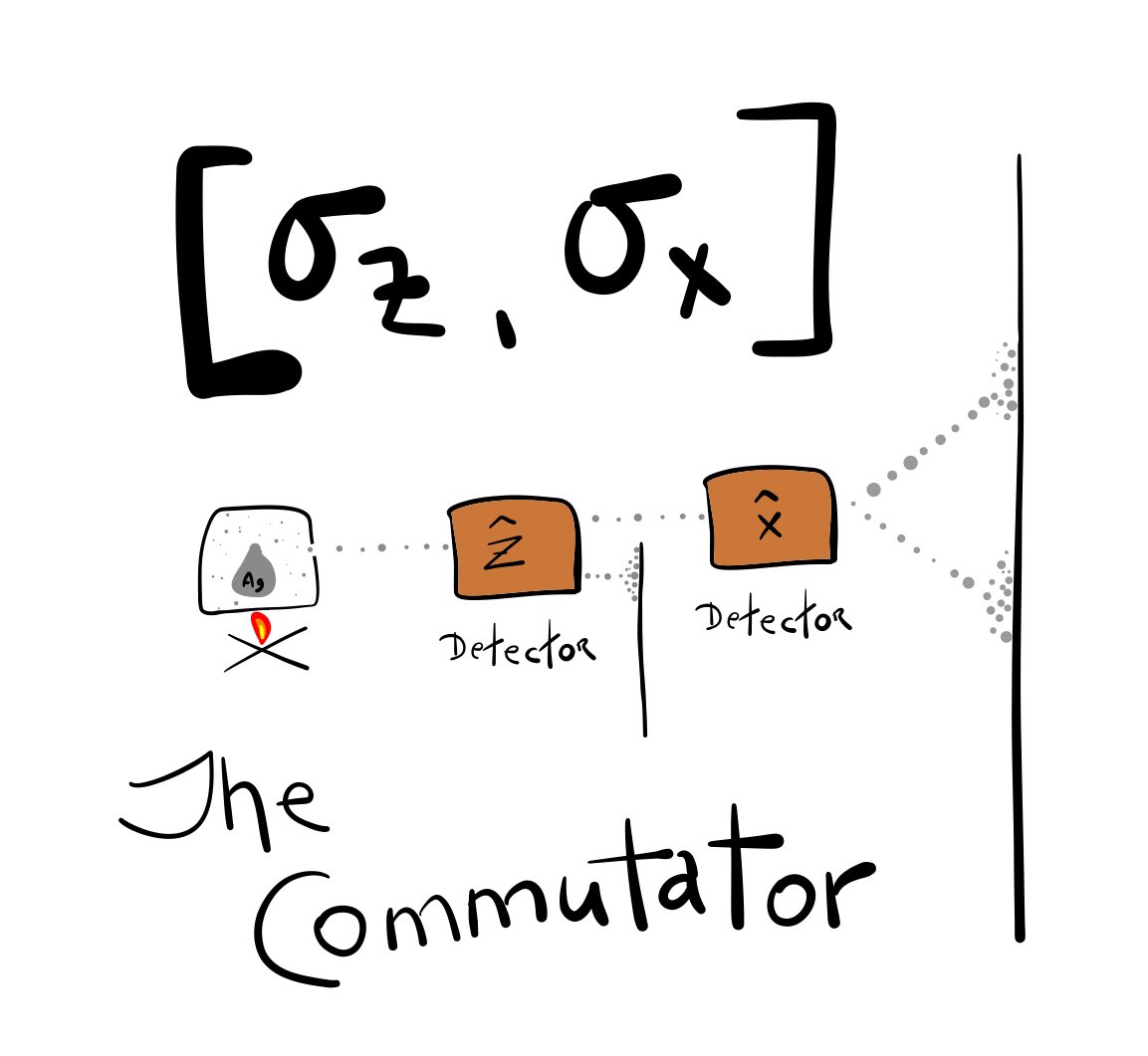
The Commutator
We study the precise reason why and when the order of measurements matter in Quantum Mechanics. Along the way we briefly review and codify what we learned in our study of the Stern-Gerlach experiment. In particular, we introduce some standard notation and language used by practicing physicists.

Mathematics for the Stern-Gerlach Circuit
Recently we discussed the Stern-Gerlach experiment in the context of Quantum Information. From this per- spective, the silver atoms play the role of quantum bits or qubits. In particular, we discussed what happens when we chain multiple Stern-Gerlach devices together in series, serving as a toy model for a quantum circuit. We dove a little deeper with our examples on our YouTube channel. If you missed our prior discussions, don’t worry too much, the logic in the next sections of this essay should be fairly self-contained.

Stern-Gerlach Devices in Series
By chaining multiple Stern-Gerlach devices together, we explore a circuit of quantum phenomena.
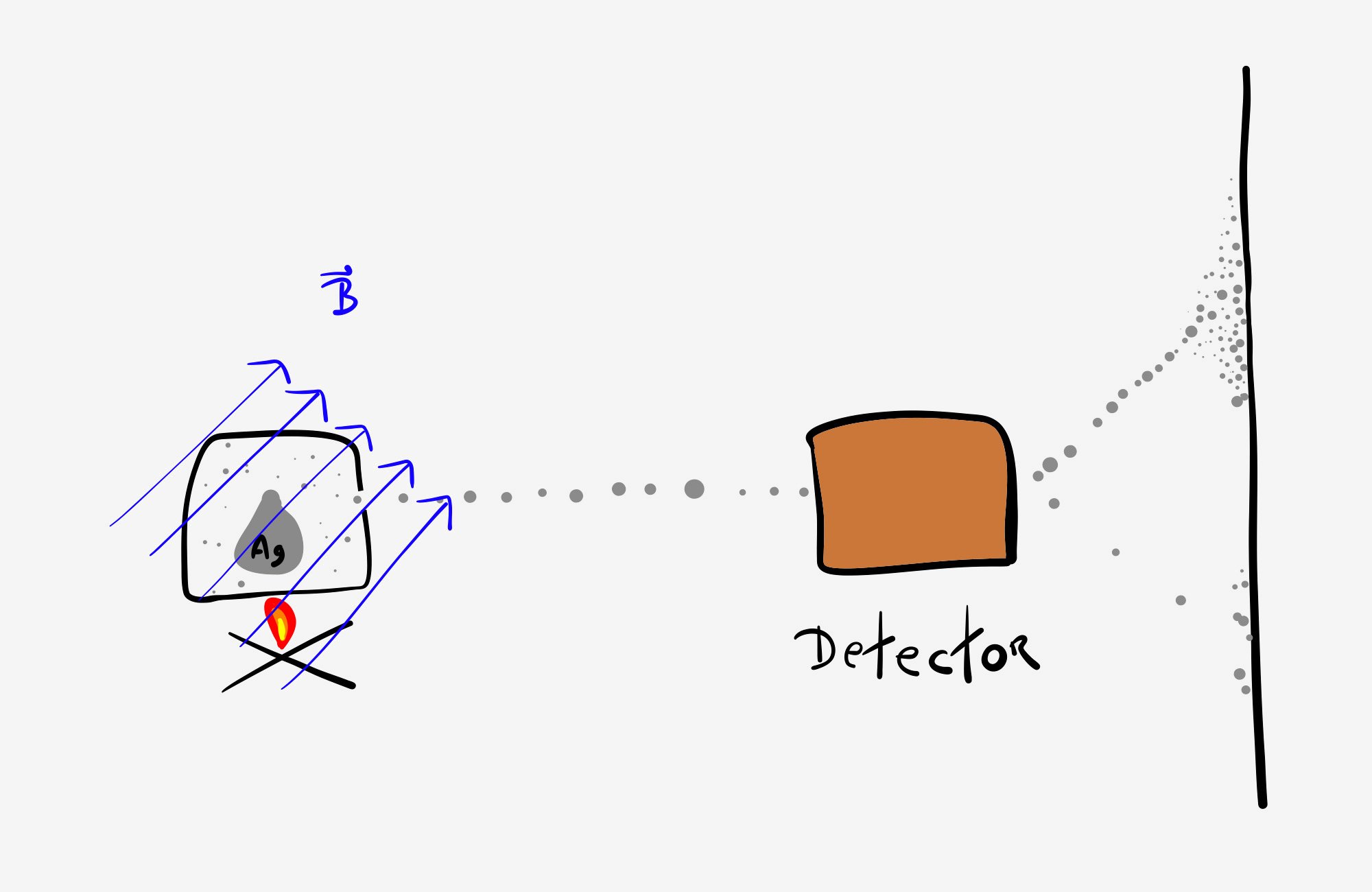
Changing the initial conditions
Last time we explored the first experimental verification of this physical fact. Today, we'll revisit the Stern-Gerlach experiment with one distinct alteration. We shall adjust the initial conditions of the silver atoms in the beam.

The Stern-Gerlach Apparatus
Today we discuss the first experimental proof that h gives a finite angular resolution to the spin angular momentum of individual particles.

Spin Angular Momentum
Spin angular momentum is discussed and compared with orbital angular momentum. We explain how spin can be measured via magnetic fields, and explain the issue of chirality and spin.

Angular Momentum
We review the basics of angular momentum and explain how quantum mechanics restricts its allowed, measurable values in order to retain its finite resolution of information it contains.
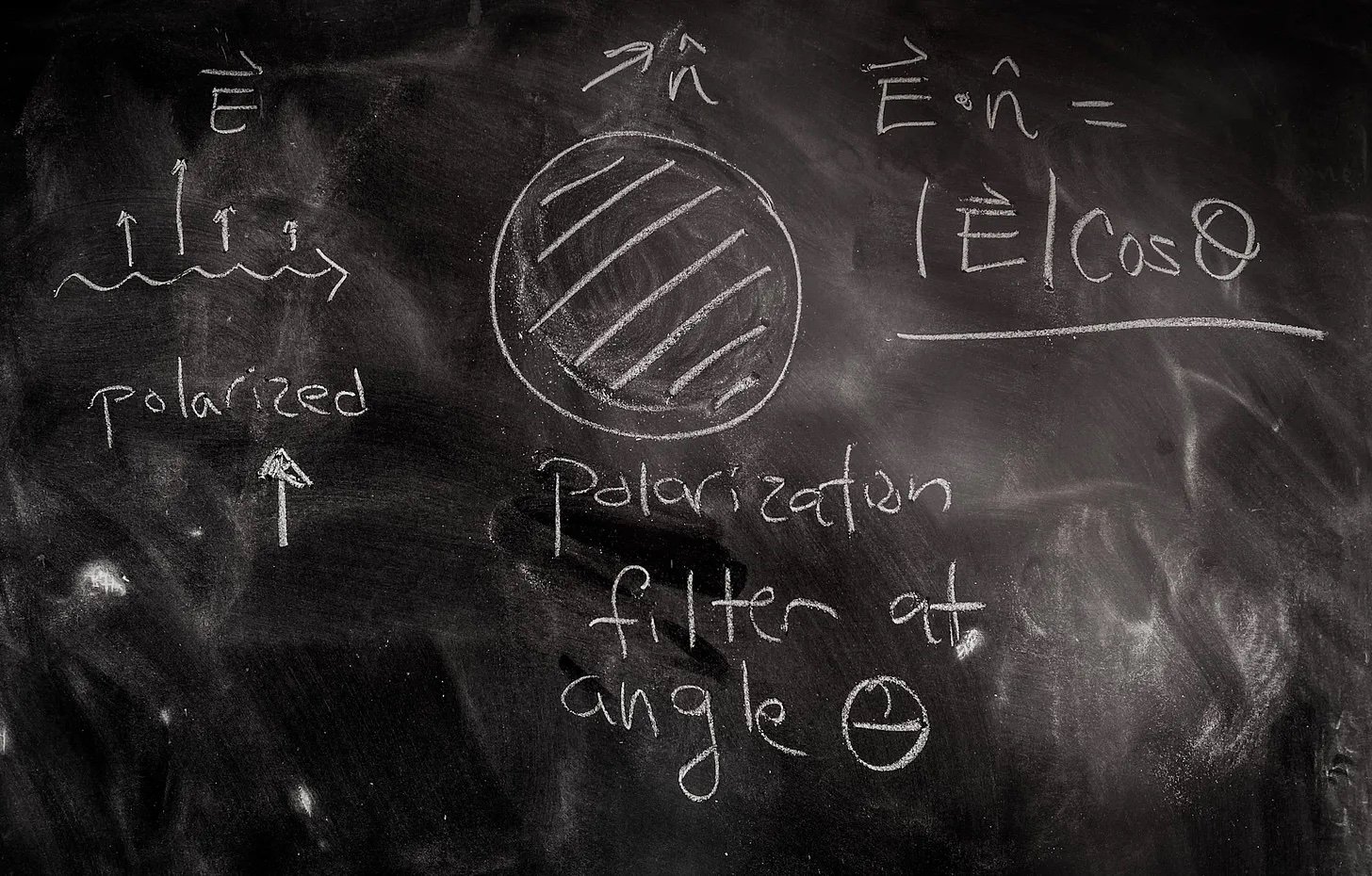
Polarization of Photons
We study the polarization of light waves and apply those lessons to the idea of photons. We then see directly how Quantum Mechanics influences our observed reality.
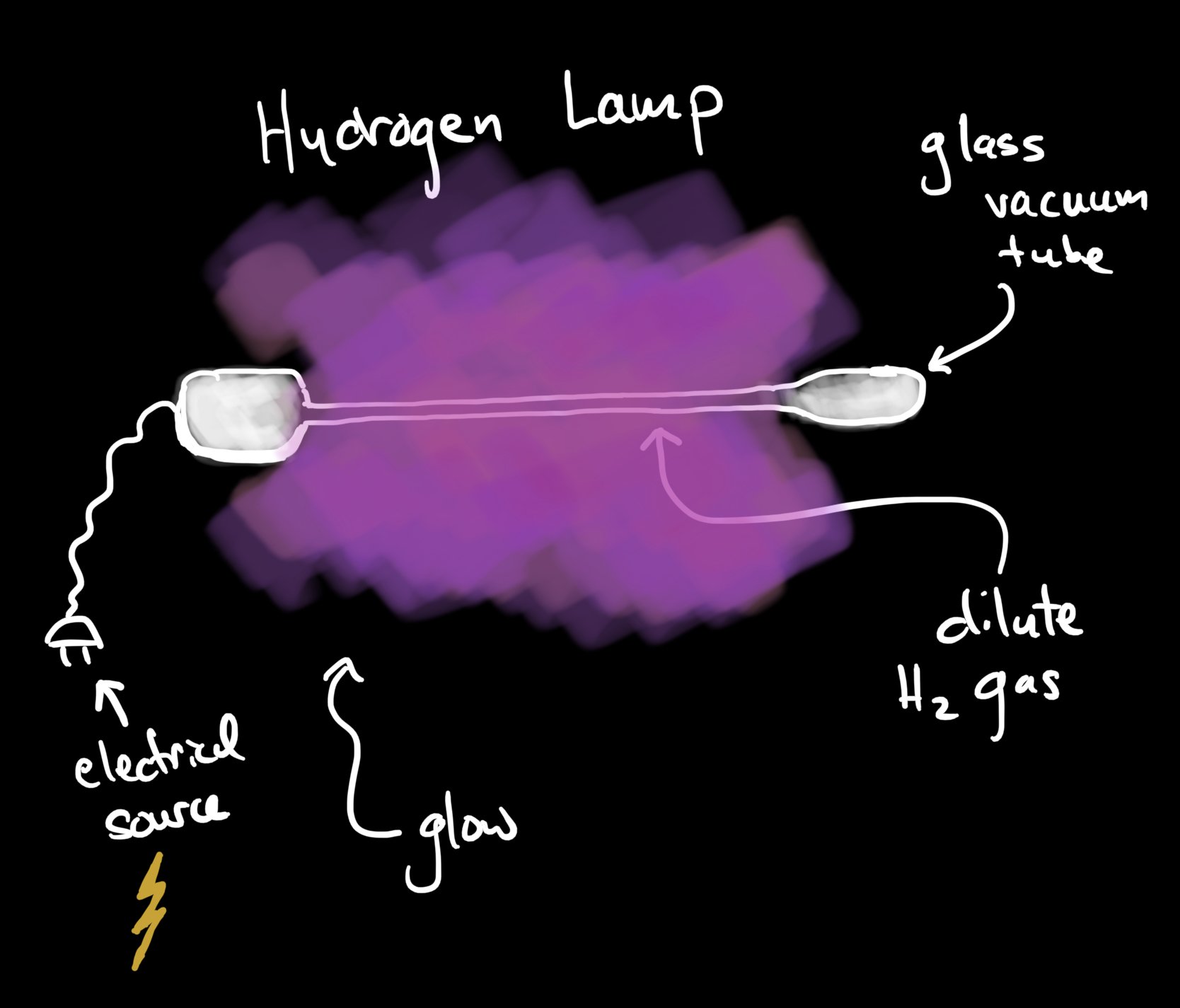
Photon Transitions in Hydrogen
We continue our study of the Hydrogen atom by looking at the specific wavelengths of light it emits. The energies of the individual particles of light - the photons - emitted are then considered in terms of the previously studied product of physical parameters, hc.
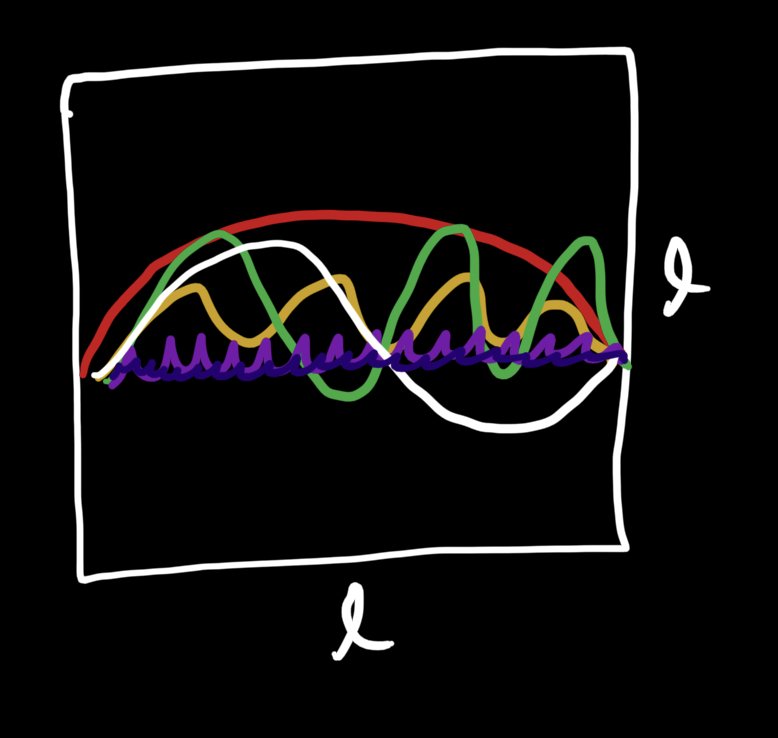
Light in a Box
We review the macroscopic properties of light and demonstrate how Quantum Mechanics puts a finite resolution to their energies. We then illustrate how this manifests quantitatively in a cubic radiation cavity.

The Scales of Quantum Phenomena
We relate the scales set by the parameters of quantum mechanics to the breakdown of classical physics. In particular, we take a first, quantitative look at the need for a quantum description of the hydrogen atom.
